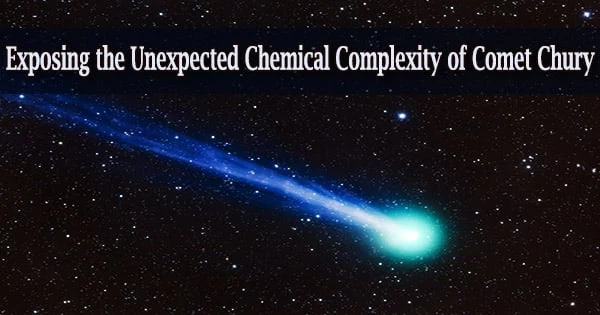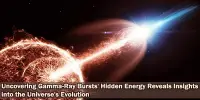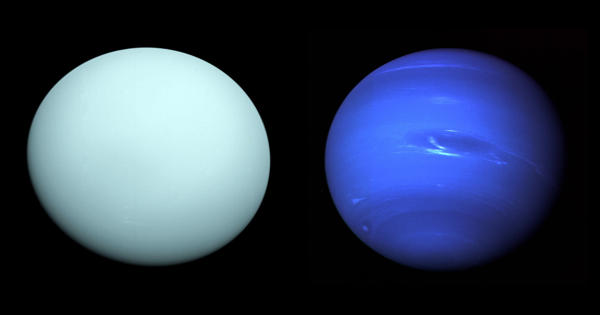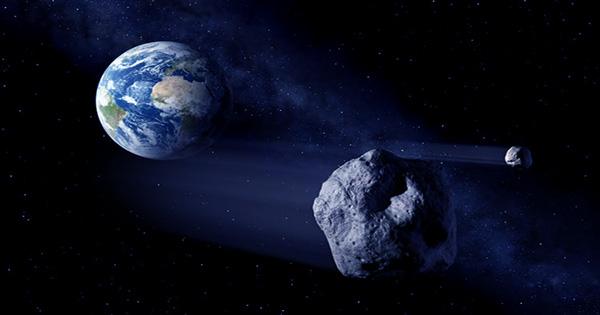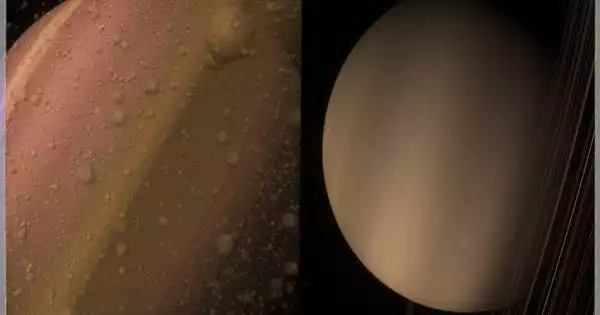Comets are remnants of the formation of the sun, planets, and moons and are fossils from the distant past and the interior of our solar system.
As they report in a study published at the end of June in the journal Nature Communications, a team led by chemist Dr. Nora Hänni of the Physics Institute of the University of Bern, Department of Space Research and Planetary Sciences, has now successfully identified a comprehensive list of complex organic molecules at a comet for the first time.
More precise analysis thanks to the Bernese mass spectrometer
The major space agencies put out a fleet of spacecraft to pass by Halley’s comet in the middle of the 1980s. Numerous mass spectrometers on board were used to determine the chemical composition of the comet’s coma, the thin atmosphere caused by the sublimation of cometary ices near to the Sun, as well as the chemical composition of falling dust particles.
However, the resolution of the data generated by these sensors was insufficient to enable clear interpretation.
Now, more than 30 years later, data from the comet 67P/Churyumov-Gerasimenko, also known as Chury, were obtained between 2014 and 2016 by the high-resolution mass spectrometer ROSINA, an instrument led by Bern on board the ESA’s Rosetta spacecraft. The researchers can now for the first time provide insight into the intricate organic budget of Chury thanks to these data.
We do not only find similarities of the organic reservoirs in the Solar System, but many of Chury’s organic molecules are also present in molecular clouds, the birthplaces of new stars. Our findings are consistent with and support the scenario of a shared presolar origin of the different reservoirs of Solar System organics, confirming that comets indeed carry material from the times long before our Solar System emerged.
Prof. Dr. Susanne Wampfler
The secret was hidden in the dust
Chury became extremely active as it reached its perihelion, which is when it is closest to the Sun. Cometary ices that were being sublimated produced an outflow that carried dust particles. Solar radiation raised the temperatures of the expelled particles above those generally found at the cometary surface.
Larger and heavier molecules can then desorb as a result, becoming accessible to the high-resolution mass spectrometer ROSINA-DFMS (Rosetta Orbiter Sensor for Ion and Neutral Analysis-Double Focusing Mass Spectrometer).
The astrophysicist Prof. em. Dr. Kathrin Altwegg, Principal Investigator of the ROSINA instrument and co-author of the new study, says:
“Due to the extremely dusty conditions, the spacecraft had to retreat to a safe distance of a bit more than 200 km above the cometary surface in order for the instruments to be able to operate under steady conditions.”
This made it feasible to find species that had previously been hidden in the cometary dust and were made up of more than a few atoms. It is difficult to interpret such complicated facts.
The Bernese scientific team did, however, succeed in locating a number of intricate organic molecules that had never before been discovered in a comet.
“We found for instance naphthalene, which is responsible for the characteristic smell of mothballs. And we also found benzoic acid, a natural component of incense. In addition, we identified benzaldehyde, widely used to confer almond flavour to foods, and many other molecules. These heavy organics would apparently make Chury’s scent even more complex, but also more appealing,” according to Hänni.
In Chury’s organics budget (e.g., formamide), several species with so-called prebiotic functionality have also been discovered in addition to aromatic compounds. These substances play a crucial role as synthesis intermediates for biomolecules (e.g., sugars or amino acids).
“It therefore seems likely that impacting comets as essential suppliers of organic material also contributed to the emergence of carbon-based life on Earth,” explains Hänni.
Similar organics in Saturn and meteorites
Along with identifying specific chemicals, the researchers also performed a thorough characterisation of the entire ensemble of complex organic molecules in comet Chury, enabling them to place it in the context of the larger Solar System.
For a wide range of scientists, from astronomers to experts on the solar system, parameters like the average sum formula of this organic material or the average bonding geometry of the carbon atoms in it are crucial.
“It turned out that, on average, Chury’s complex organics budget is identical to the soluble part of meteoritic organic matter,” explains Hänni and adds: “Moreover, apart from the relative amount of hydrogen atoms, the molecular budget of Chury also strongly resembles the organic material raining down on Saturn from its innermost ring, as detected by the INMS mass spectrometer onboard NASA’s Cassini spacecraft.”
“We do not only find similarities of the organic reservoirs in the Solar System, but many of Chury’s organic molecules are also present in molecular clouds, the birthplaces of new stars,” complements Prof. Dr. Susanne Wampfler, astrophysicist at the Center for Space and Habitability (CSH) at the University of Bern and co-author of the publication.
“Our findings are consistent with and support the scenario of a shared presolar origin of the different reservoirs of Solar System organics, confirming that comets indeed carry material from the times long before our Solar System emerged.”
